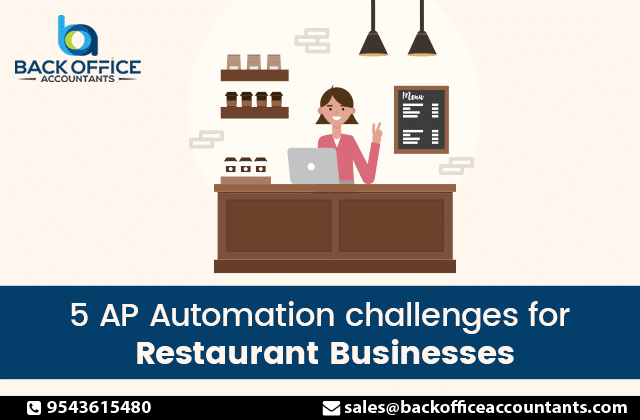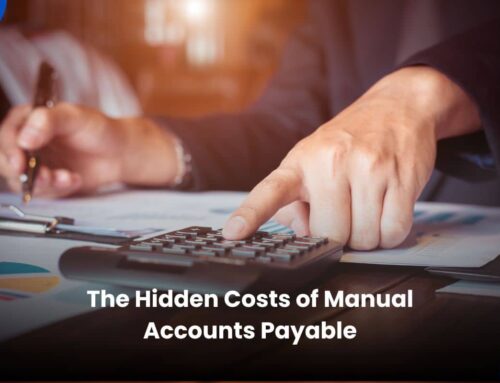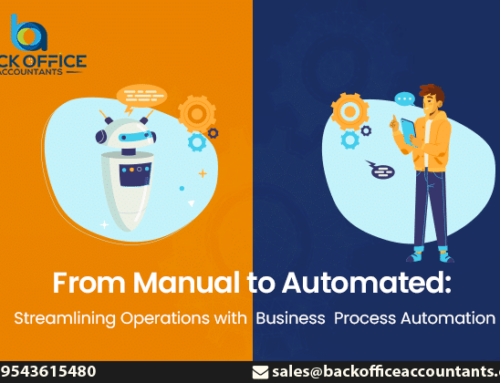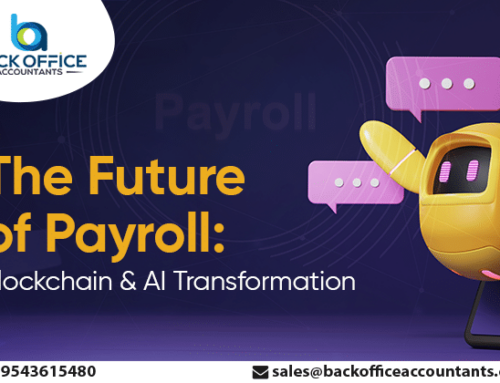Many culinary establishment’s main objective is to streamline restaurant business so that customers have the most enjoyable possible eating experiences. Behind the scenes, however, restaurant enterprises’ financial operations are crucial to their general success. Restaurants frequently encounter a number of difficulties in the area of Accounts Payable automation.
The complexity of supplier management, invoice processing, and spending monitoring may become onerous responsibilities in this fast-paced sector. We examine the top five AP automation issues that restaurants face in their search for financial efficiency in this post.
1] Vendor Communication
Vendor communication can be critically important in overcoming the hurdles that restaurants have towards AP automation. Effective interactions with suppliers or vendors are critical for achieving an ideal AP process.
Suppliers give restaurants bills often times and these could include food distributors, equipment suppliers, and service providers. Handling physical copies of bills might not be as easy since they would have to be submitted and received. There are different ways that vendors can utilize, such as by email, post, and delivery in person.
A common problem is invoice discrepancies. Such discrepancies could be a consequence of wrong pricing, poor quality products, or bad measurements. Such inconsistencies are best remedied through prompt and efficient vendor contact.
These days, numerous vendors provide virtual portals or platforms in which they can submit their invoices and track them. Efficient management of these regulatory systems is necessary for restaurant business.
2] Expense Tracking
An essential component of automating accounts payable services for restaurant operations is expense monitoring. It entails the rigorous tracking and monitoring of all expenditures incurred by the restaurant, which include a variety of charges, from raw materials and kitchenware to employee salaries and electricity prices. Restaurant costs may be divided into a number of categories, including food costs, labor costs, overhead costs, and more.
By keeping track of spending and Backoffice accounting, the restaurant can guarantee that its budget is followed. It offers a mechanism for detecting and resolving any budget overruns. Tracking expenses provides valuable data for profitability analysis.
3] Paper-Based Invoices
The continued use of paper-based invoices poses a significant issue for restaurant operations in the realm of AP automation. These conventional invoices, which are frequently received in physical form, might cause a number of delays and difficulties in the AP process.
The time-consuming and error-prone process of having restaurant workers input information such as vendor names, invoice numbers, amounts, and due dates takes a lot of work. Paper invoices are also prone to being destroyed, lost, or forgotten.
Gaining real-time insights is made more difficult by the difficulty of tracking the progress of paper invoices. Retrieving historical invoices for audits or reference purposes is a cumbersome task. Many restaurants are switching to AP automation systems that allow digital invoice capture in order to solve these problems. This not only simplifies the AP procedure but also increases accuracy, shortens processing times, and boosts a restaurant business’s overall financial efficiency.
4] Invoice Volume
For restaurant operations, maintaining a large amount of invoices is a major worry. These companies frequently deal with a lot of bills due to their many vendors, different locations, and regular business activities. Data input, verification, and approval procedures take up a significant amount of staff time. Higher labor expenses are a result of the rising demand for AP duties caused by the growing quantity of invoices.
It is a difficult effort to save and retrieve a large number of invoices, especially if they are in paper form. Physical storage space and effective document management programs are needed. Restaurant organizations are increasingly implementing AP automation solutions to address these AP automation challenges. These systems utilize functions including automated data collection, workflow automation, and digital document storage to effectively handle and manage a large number of bills.
5] Incomplete Documentation
With regard to accounts payable for restaurant enterprises, incomplete documentation is rampant in the area. Inadequate recordkeeping inhibits the accuracy of financial records, leading to unreliable internal responsibility within the restaurant. It could result in confusing and non-standardized financial reporting. For example, it would become difficult to trace costs, revenues, and profits.
Disputed payments might arise due to insufficient or lack of documents. This may lead the vendors to challenge the authenticity of the invoices or receipts and this may be time-consuming and destructive to business relations.
Moreover, this also impacts on the credibility of the restaurant to the customers and the financial health of the restaurant. For that reason, restaurants will need to make it mandatory to document everything and use digital data-capturing tools and software.
In essence, it should be noted that restaurants encounter a variety of obstacles in their quest for effective accounts payable automation. The huge amount of bills, paper-based invoicing, expenditure monitoring, vendor contact, and insufficient documentation can all obstruct the financial efficiency that is essential to their success.
Back Office Accountants offer unique solutions that help restaurants overcome these challenges and ensure smoother execution of their AP procedures. With this assistance, your restaurant may focus on delivering goof dining services while maintaining sound financial basis.







